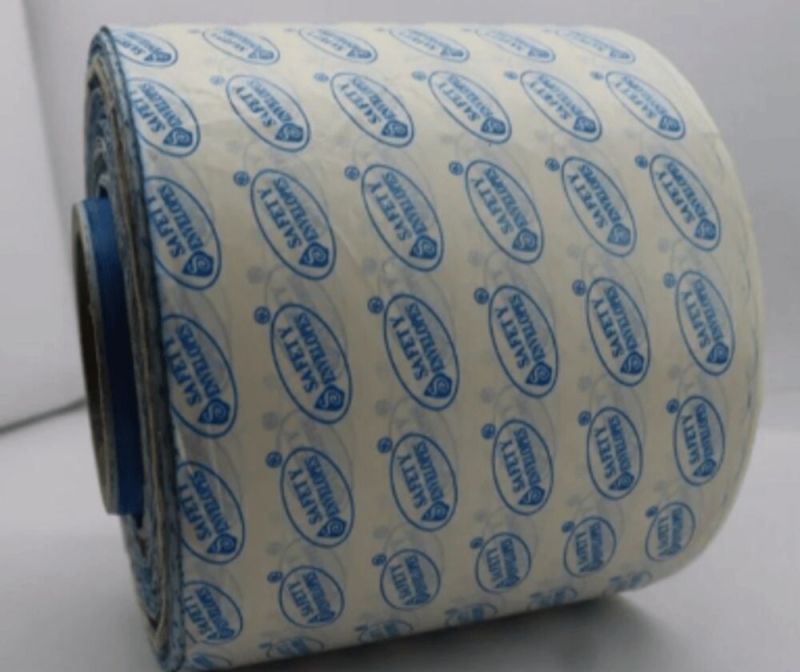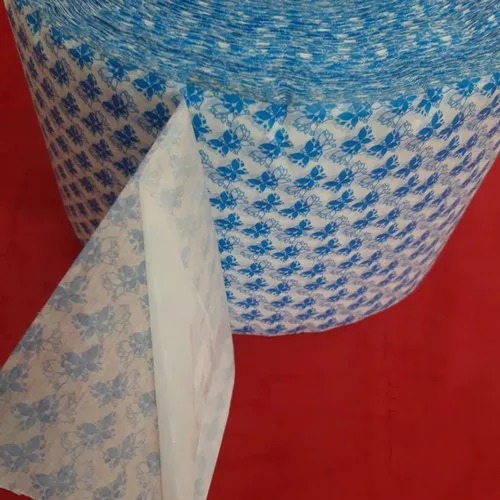Company Information
Ask for more detail from the seller
Contact SupplierFront Coated Back Side Register Printing Roll and Sheet refers to a specific type of paper or material used in printing that has certain coatings on one side and is designed for precise printing registration on both sides. Below is a description and typical specification breakdown for this product:
Description:Coating: The material is coated on the front side, often with a special layer that enhances the printability of ink, ensuring vibrant, sharp, and durable prints. The back side is usually uncoated or lightly treated to allow for proper adhesion or paper handling.
Purpose: The front coated back side register printing roll and sheet is designed specifically for high-quality, double-sided printing. It is used in applications where precision and color consistency are crucial, such as in high-end commercial printing, newspapers, and magazines, or for specialty print jobs.
Register Printing: This refers to the alignment of printing on both sides of the paper. Register printing ensures that the front and back sides of a printed sheet align perfectly, which is essential for multi-color printing where precision is required for overlapping images, text, or graphics.
Roll and Sheet Forms: It is available in both rolls and sheets, depending on the printing press requirements. Rolls are typically used for continuous printing operations, while sheets are more suited for cut-sheet presses.
Size (Sheet): Custom sizes are available, but standard sizes might include:
Size (Roll): The width and length of the roll can vary depending on the printer’s needs, often ranging from 300 mm to 1,500 mm in width, and a roll length of several hundred meters.
Basis Weight: This refers to the weight of the paper per unit of area, typically measured in grams per square meter (gsm). A common range for printing paper is:
Coating: The front side is usually coated with a glossy or matte finish. The coating could be a:
Back Side: The back side may be uncoated or treated with a light coating to improve adhesion during printing while minimizing ink bleed or smudging.
Paper Type: Typically made of wood pulp, recycled material, or a blend of both. The quality of the pulp can impact the final print quality and durability of the material.
Opacity: High opacity is a typical feature, ensuring that printed images do not show through from the other side, which is important for double-sided printing.
Surface Finish: Depending on the finish of the coating, the paper can be either glossy, semi-gloss, or matte. The surface finish affects the absorption of ink, drying time, and the final visual quality.
Print Compatibility: Compatible with various printing technologies, including offset printing, digital printing, and flexography.
Durability and Handling: Designed to withstand handling, both during the printing process and post-printing stages (e.g., cutting, folding, binding). It is also resistant to fading and aging due to the coating and paper type used.
Environmental Certifications: Some papers may have eco-friendly certifications, such as FSC (Forest Stewardship Council), SFI (Sustainable Forestry Initiative), or PEFC (Programme for the Endorsement of Forest Certification).
Cost and Application: Premium papers with higher quality coatings may come at a higher cost but are ideal for high-end products, such as catalogs, magazines, marketing materials, and packaging.




